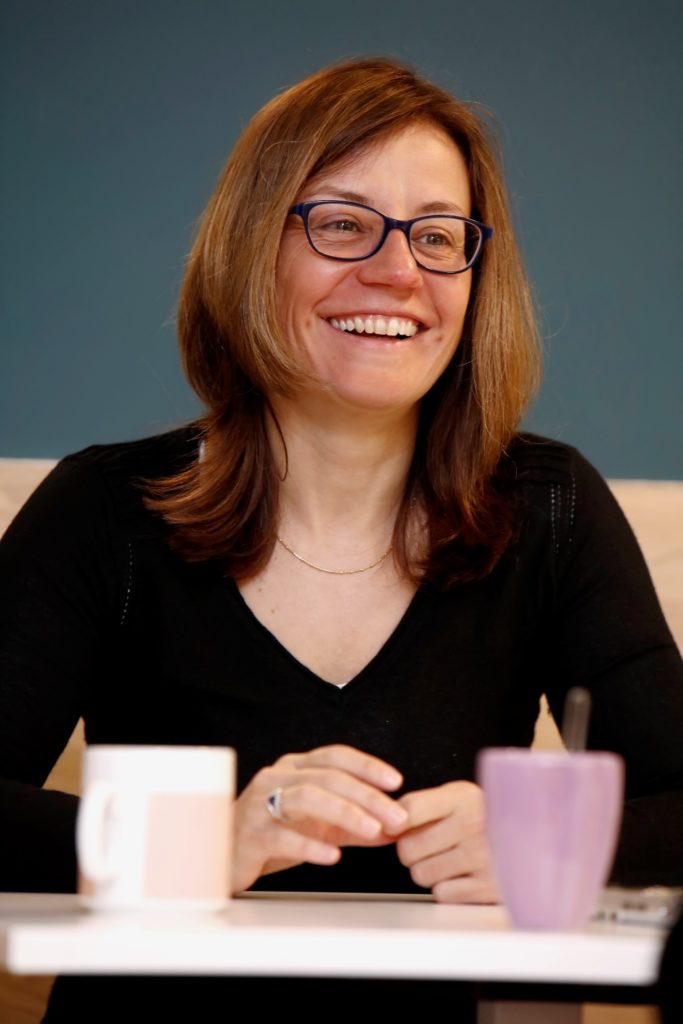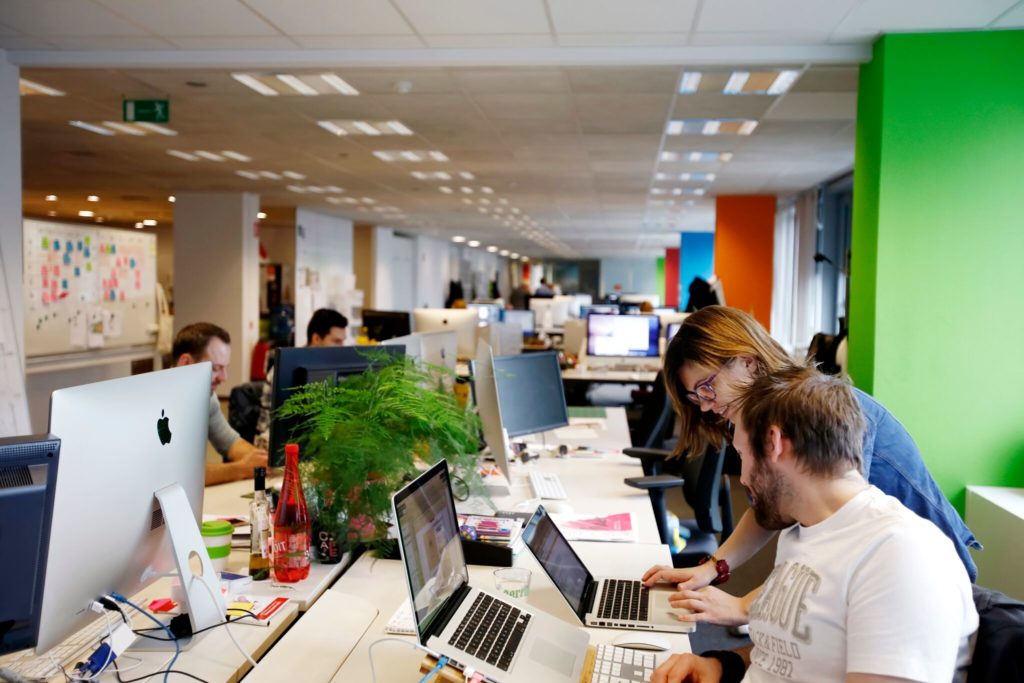The Belgian BU Altavia ACT* is unique. What is special about it? An innovative management based on collective intelligence. From the initial motivation to the business impact, Anne-Catherine Trinon, CEO of the Brussels agency, tells us all about this management model which is gaining more and more momentum.
But first of all, what is collective intelligence?
It is a process that lets us develop teams from obedience to independence and co-responsibility. Each employee therefore takes on more responsibility in the business.
Why give more independence to employees?
In a SME, a company director spends most of their time putting out fires, going from team to team to solve their problems. Giving each individual more independence means that they have more responsibility for what they do. So teams manage their own problems, with the aim of creating a more collaborative environment, while the company director is free to focus on their main task: developing the business and their vision, and finding new clients to expand the organisation.

Anne-Catherine Trinon,, CEO d’Altavia ACT*
Rely on people, a winning decision
“I made the choice to rely on people”, explains Anne-Catherine. “What I wanted was for my teams to be just as happy to be working for the business in 5 years time.” And the least that we can say is that it works! Altavia ACT* has a very low staff turnover compared with other companies in the market.
“People are the driving force of a company.”
A way of thinking that goes against the mainstream
The concept was surprising at first. For centuries, the work model has not changed very much: the lower workers worked for their superiors by following and applying their instructions to the letter and without question. So a change in thinking really needs to happen at all levels. It is necessary to learn how to work independently and with confidence. This change takes time: at least 5 years to implement this process and change the company’s DNA.
And the return on investment in all of that?
Even though this model requires time and money, it will gain it too. We have seen that when teams are given independence, the managers are free to work on developing the business. As for the employees, they are equipped to identify and solve any problems that arise, so internal management runs more smoothly. More clients and potential clients are likely to be seduced by this way of operating. Clients become real partners. They are included in the discussion and can follow the progress of their projects in real time. The latest collaborative tools also contribute to this special and transparent relationship between Altavia ACT* and its clients.
Values or nothing
Before embarking on this journey, the company must have a clear vision, based on values determined collectively by the entire team. We must also be aware that once the process has begun, there is no going back: freedom given cannot be taken back, says Anne-Catherine.

